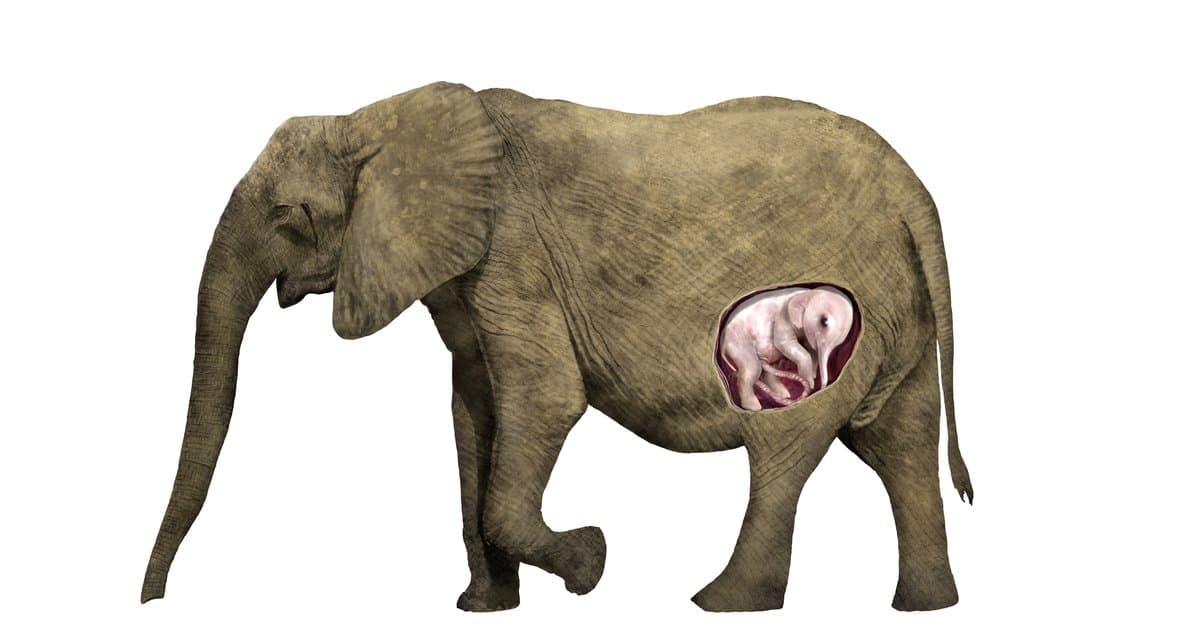In the heart of Botswana, a magical moment unfolded, fulfilling a dream that had been harbored for a quarter of a century – the sight of a wild elephant giving birth in its natural habitat. This awe-inspiring event marked not only the arrival of a new life but also a testament to the resilience and conservation efforts in the region.

For wildlife enthusiasts and conservationists alike, the dream of witnessing a wild elephant birth is both profound and elusive. Botswana, known for its vast and pristine landscapes, has become a sanctuary for diverse wildlife, including the majestic African elephant. The realization of this dream took place against the backdrop of the Okavango Delta, a UNESCO World Heritage Site and one of Africa’s last remaining wilderness areas.

The journey leading up to this extraordinary moment involved decades of dedication from conservationists and researchers committed to the well-being and protection of elephants. The context of this event adds a layer of significance, as African elephants face numerous threats, including habitat loss, poaching, and human-wildlife conflict.

The birth of an elephant is a deeply emotional and complex process, both for the mother and the observers fortunate enough to witness it. The mother elephant, known for her maternal instincts and protective nature, carefully chose a secluded spot within the lush vegetation to give birth. This choice reflects the sensitivity of these intelligent creatures to their surroundings, emphasizing the need for conservation efforts that preserve their natural habitats.
The sight of the newborn elephant, covered in a delicate layer of amniotic fluid, marked the beginning of a new chapter in the delicate balance of life in the Okavango Delta. The herd, a close-knit community, played a crucial role in supporting the mother during and after the birthing process. Witnessing this event provided a rare glimpse into the intricate social dynamics of elephant families.

Conservationists on the ground, armed with a profound sense of responsibility toward wildlife, monitored the birth from a respectful distance, ensuring minimal disturbance to the natural process. The successful birth of the calf underscored the positive impact of conservation initiatives aimed at protecting these gentle giants and securing a future for the next generation of elephants.

The momentous occasion in Botswana serves as a poignant reminder of the interconnectedness of all living beings and the importance of preserving the habitats that sustain them. It symbolizes the triumph of dedication, perseverance, and a shared vision for a world where wildlife thrives in harmony with nature.

As the newborn elephant takes its first steps in the untamed wilderness, the dream that unfolded in Botswana after 25 years reverberates as a beacon of hope for the future of elephants and the delicate ecosystems they inhabit. It is a reminder that, with collective efforts and unwavering commitment, the wild wonders of our planet can continue to inspire and captivate generations to come.




